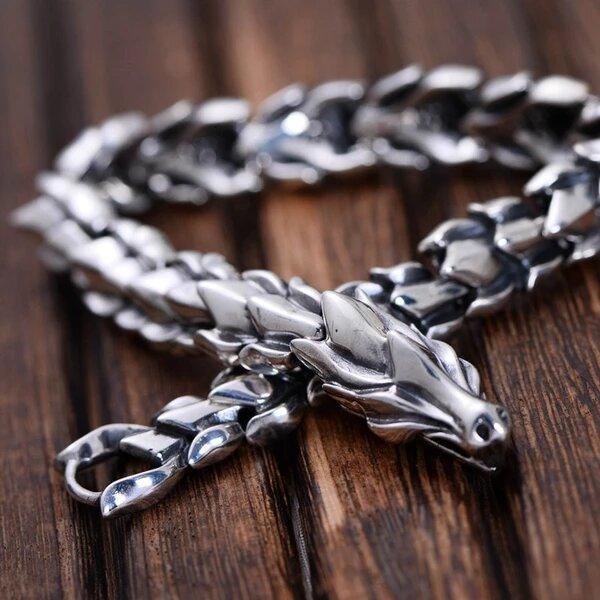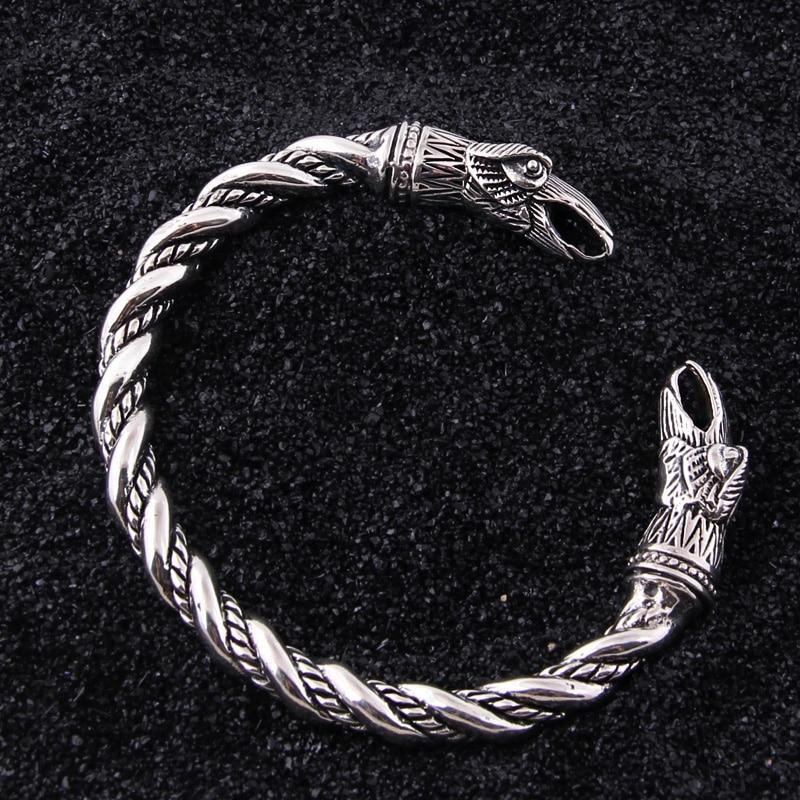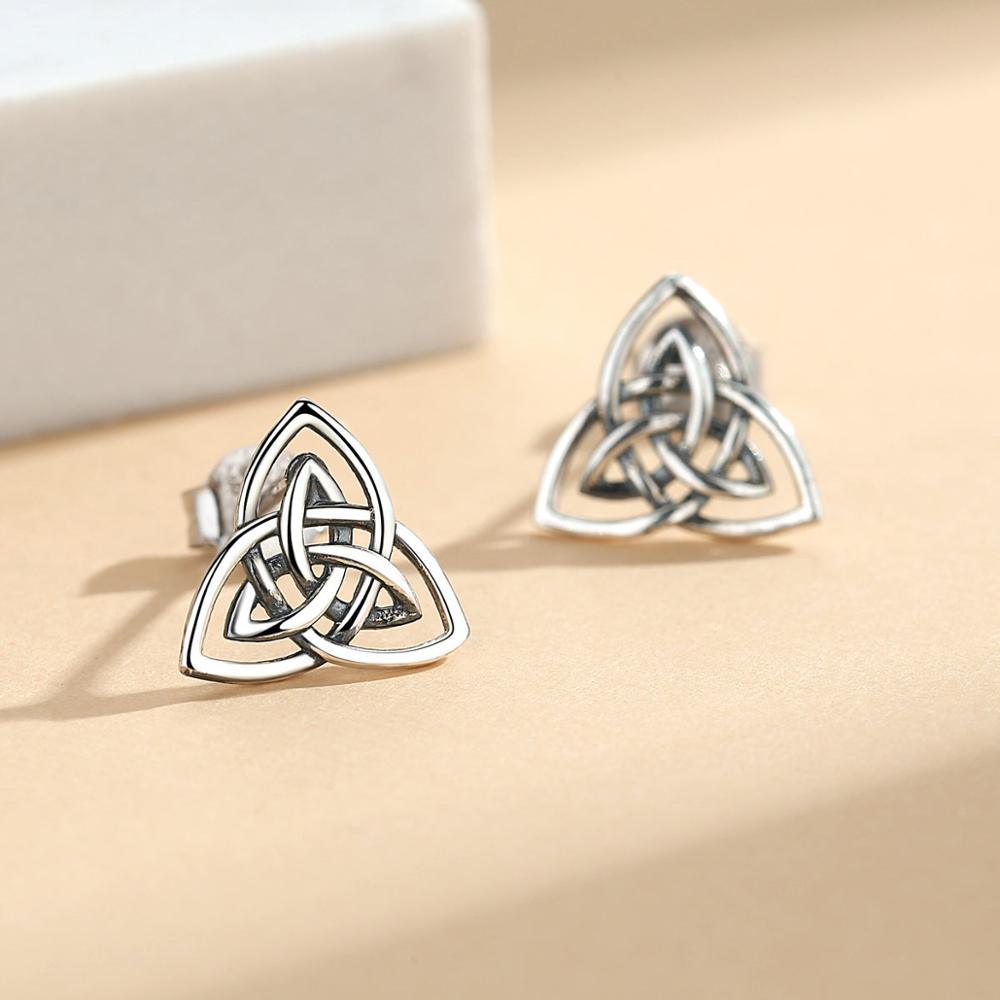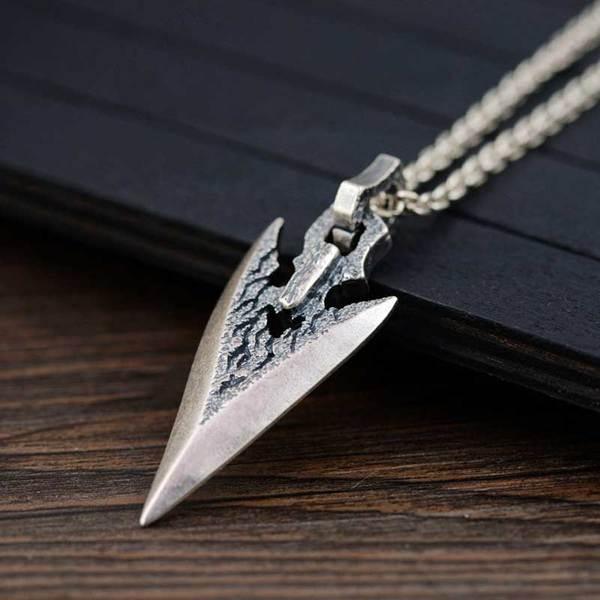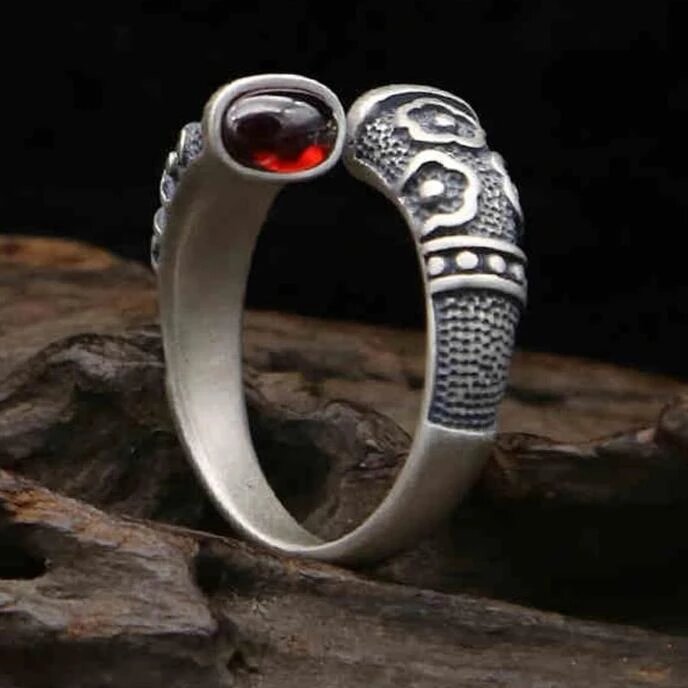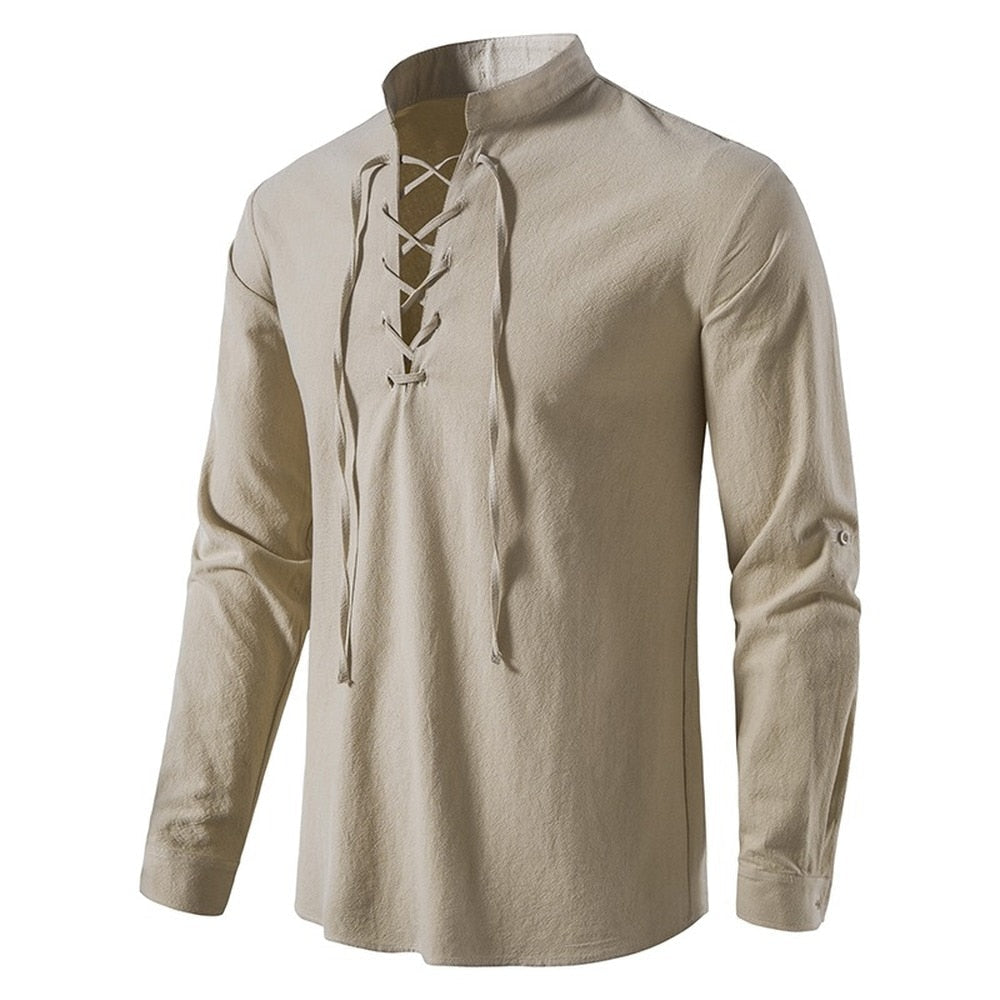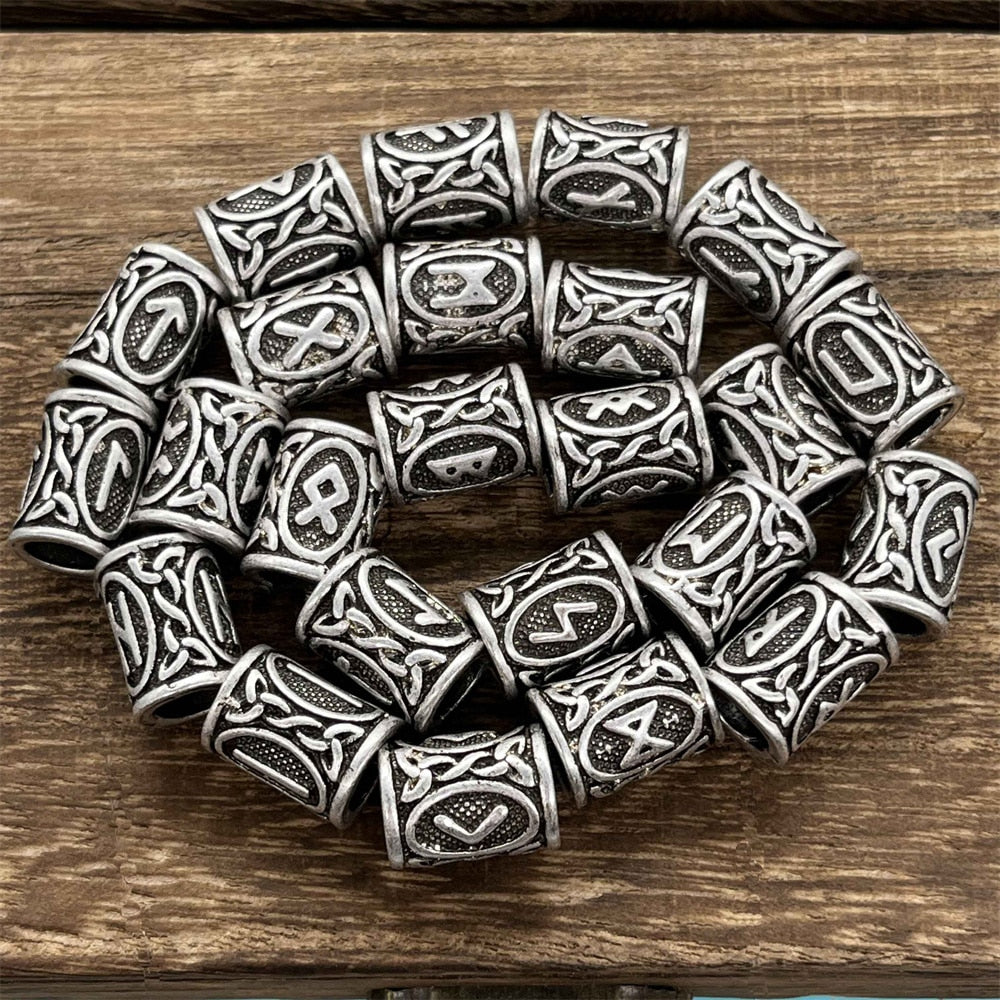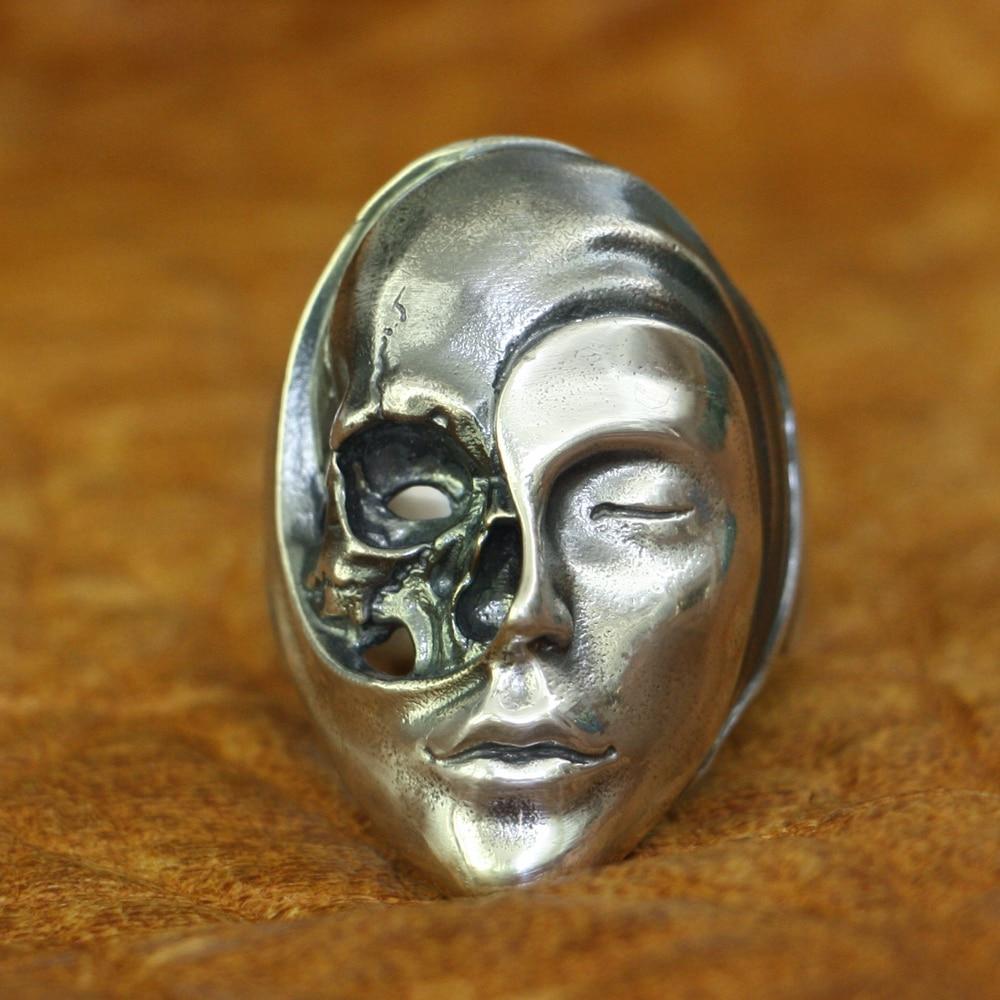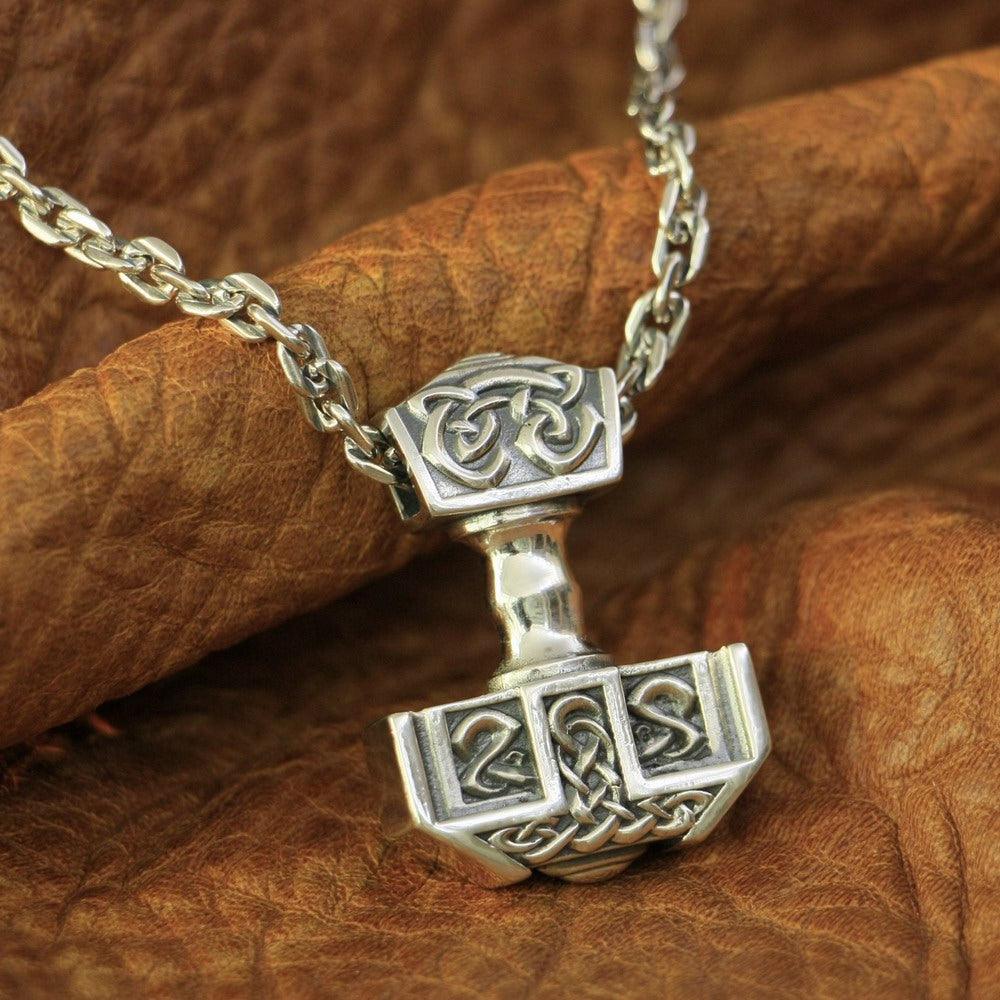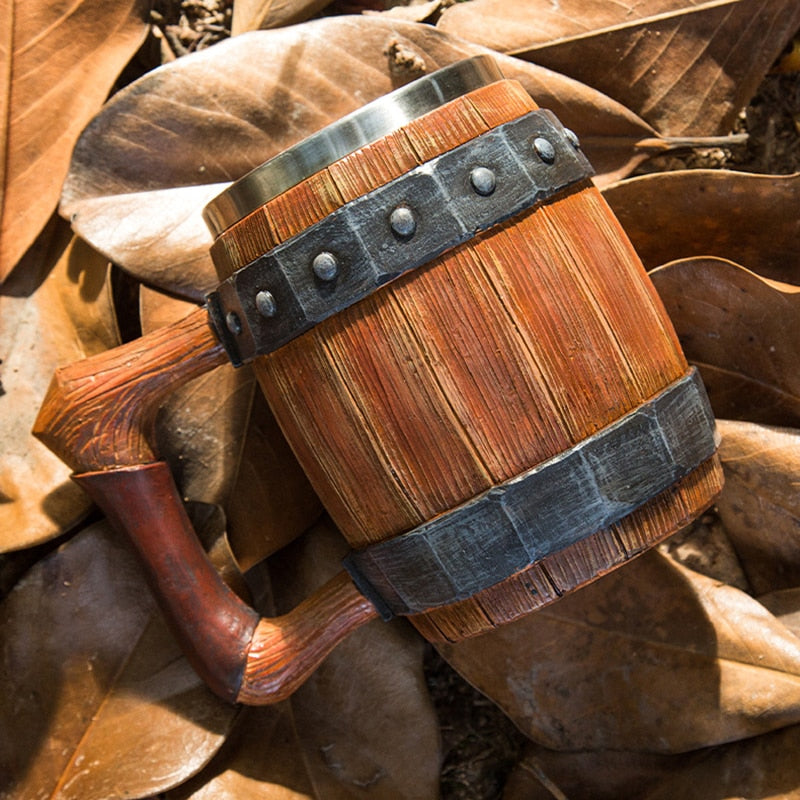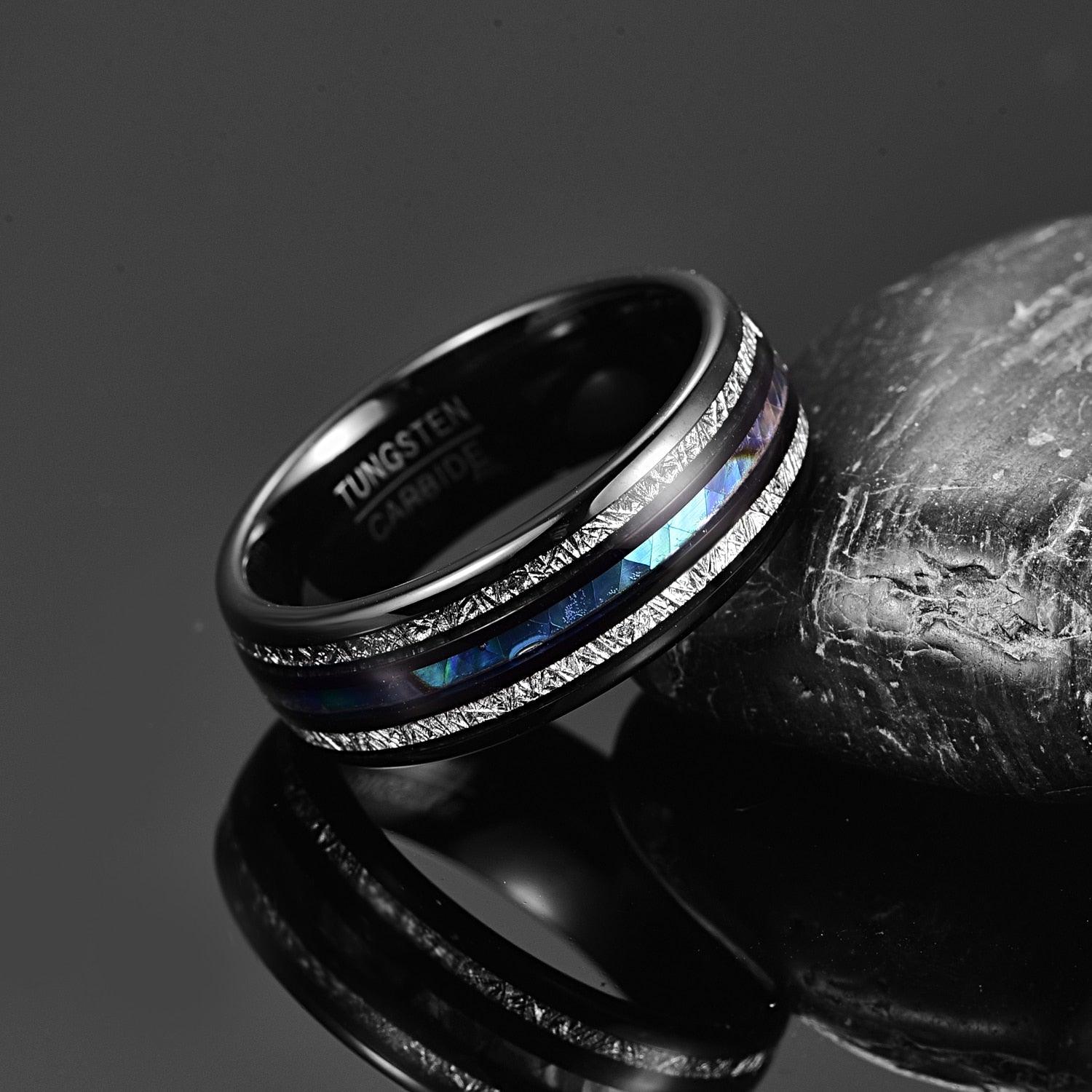The Viking and Norse world holds many mysteries, but perhaps none as deep as the Seidr, a form of Norse magic that blends prophecy, trance work, and attempts to manipulate fate itself.

What is Seidr?
Seidr is an ancient Norse magical practice associated primarily with fate-weaving, divination, and spiritual journeying. It was most often performed by a Völva, a female shaman or seeress, who held a respected — though somewhat feared — place in society (read more about Volva, The Norse Witch here). Seidr was not just about foretelling the future. It was about preparing for it, which some sources claim was in itself an attempt to shape the future. Practitioners sought to connect with the spirit world in order to gain hidden knowledge.
The Old Norse texts describe Seidr as powerful but morally ambiguous. While it could be used for healing or insight, it could also be employed to curse, confuse enemies, or manipulate minds. This dual nature of Seidr reflected the complex worldview of the Norse people — one where magic, Gods and destiny were intricately intertwined.
Origins and Mythology
Seidr is deeply embedded in Norse mythology. The most prominent practitioner in the myths is the Goddess Freyja, a Vanir deity associated with love, fertility, and magic. Freyja is said to have taught Seidr to the Æsir Gods, including Odin, the Allfather (read more about Freyja, the Lady of Magic here).
Interestingly, while Odin is revered for his magical prowess, his practice of Seidr was seen as unmanly by some writers, but that could well be a reflection of the writer’s Christian values of the XIII century, — a reflection of the gender norms of the time, where this kind of magic was associated with women.
Despite this stigma, Odin's mastery of Seidr is a testament to its importance. He used it to see the future, travel between worlds, and gain arcane wisdom. In the Ynglinga Saga, Odin is described as able to send his spirit across distances, possess animals, and communicate with the dead — all hallmarks of Seidr.

The Practice of Seidr
Seidr rituals were often dramatic and emotionally charged. The Völva would enter a trance state, sometimes induced by rhythmic chanting, drumming, or inhaling psychoactive herbs. During this trance, she could receive visions from the spirit world or speak on behalf of the gods. Other participants would sing vardlokkur — magical songs to summon helpful spirits and assist the seeress in her journey.
These ceremonies were sometimes held outdoors, near sacred sites, or inside longhouses filled with attentive villagers seeking guidance. Seidr could address practical concerns: the outcome of a battle, the success of a harvest, or the cause of a mysterious illness.
Though Seidr declined with the spread of Christianity in Scandinavia, traces of it persisted in folklore and rural traditions. In recent decades, there's been a resurgence of interest in Norse spirituality, with modern practitioners attempting to reconstruct Seidr based on historical sources, archaeology, and intuition.

Seidr Today
Contemporary Norse Paganism have revitalized the practice of Seidr. Modern Seidr may involve guided meditations, ritual drumming, and shamanic journeying. While it’s difficult to know precisely how the ancients practiced Seidr, today's practitioners strive for authenticity, while taking into account modern sensibilities.
This revival speaks to a broader yearning: to reconnect with ancestral wisdom, to explore non-linear forms of knowledge, and to embrace the mystery that once permeated every aspect of life itself.
Bibliography
Price, Neil. The Viking Way: Magic and Mind in Late Iron Age Scandinavia. Oxbow Books, 2019. ISBN: 9781789259190
Blain, Jenny. Nine Worlds of Seid-Magic: Ecstasy and Neo-Shamanism in North European Paganism. Routledge, 2002. ISBN: 9780415256516
Davidson, H.R. Ellis. Gods and Myths of Northern Europe. Penguin Books, 1990. ISBN: 9780140136272



